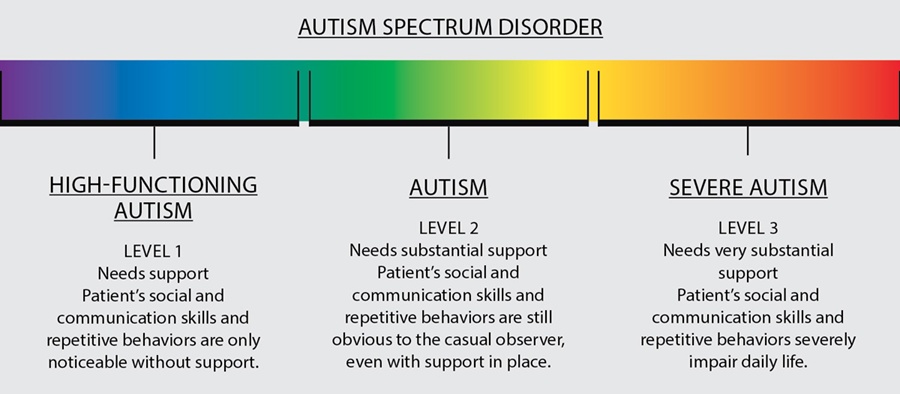
Figure 1: The generally accepted symptoms of Autism Spectrum Disorder.
What’s the deal with Autism Spectrum Disorder (ASD)?
To begin the discussion about what ASD is, it is first important to discuss what the disorder all entails. Unlike many of the neurological disorders or conditions we have discussed this semester, ASD is outlined more by the symptoms and the characteristics of the disorder rather than by the specific brain region or pathway that has been misregulated. These symptoms include but aren’t limited to: problems with social communication and interaction, motor skills, perceptive thinking, and restricted or repetitive behaviors or interests. It is important to note that some people without ASD may also display these symptoms, but for people with ASD, these symptoms can add new challenges to life. Because ASD is inherently a spectrum disorder, there is a wide range in the severity of symptoms and thus there is a wide range of individual challenges faced by those diagnosed with ASD.


Figure 2: A side by side comparison of the classical ASD spectrum and the newly used ASD spectrum.
ASD Spectrum Misconceptions
The use of the word “spectrum” is inherently misleading when used to describe any kind of disorder. Classically “spectrum” is used to describe a range that includes everyone, from no present symptoms to all possible symptoms. However, in the case of ASD, the spectrum only applies to those that have been diagnosed with ASD, where then the spectrum is used to characterize the severity of an individual’s symptoms. In Figure 2 above, there is a comparison to show the different kind of spectrums used to classify ASD. The left diagram is the classic linear spectrum that many people think of when they hear “spectrum,” however, this spectrum is used to classify the severity of an individual’s symptoms and the associated level of care. Whereas, the diagram on the right is a diagram used to classify the severity of an individual’s specify autistic symptoms.
:max_bytes(150000):strip_icc()/treatments-for-adults-with-asperger-syndrome-259901-Final-1383adbeffcc4d3a9a2c7020d7bb306d.png)
Figure 3: A brief cartoon showing an overview of the available treatments for ASD.
What treatments are there for ASD?
Discussing the treatments for ASD, brings up an interesting question: Is there something wrong with those that have ASD? Speaking generally, this is more of an ethical question rather than a medical one, however, it is interesting to note that is a study of over half a million people, people working in a science or engineering job were more likely to display autistic traits than their nontechnical jobbed counterparts. So perhaps it is a good thing? There again, this is tricky to say because in more sever cases there is something wrong neurologically. As discussed in class, there are multiple ways in which disruptions in the PI3K-Akt/mTOR signaling pathway that can develop into autistic-like behaviors. These disruptions lead to: serotonergic degeneration, translation dysregulation, decreased neuronal autophagy, neuroinflammation, apoptosis, and increased oxidative stress. So there are some autistic behaviors that can be caused my misregulated pathways, which is more serious.
However, despite the potential severity of a misregulated pathway, there are no real medial treatments for ASD. The treatments largely rely on Applied Behavioral Analysis (ABA) treatments. These ABA treatments look at how behavior works, how it is effected by the environment, and how learning works. This approach then uses this information to help a patient realize what behavior is appropriate using the ABC’s of ABA. “A” standing for antecedent is a stimulus that occurs right before a target behavior, which then results in the “B” for behavior. The important part comes from the “C” meaning consequence. To help patients, positive reinforcement is used when the behavior displayed is appropriate for the antecedent, whereas there is no reaction for inappropriate behavior.
![PDF] Drug therapy in autism: a present and future perspective. | Semantic Scholar](https://d3i71xaburhd42.cloudfront.net/145fda4d09aa46a5e6dc9685253313d808fafb73/5-Figure1-1.png)
Figure 4: A diagram showing drug treatments for neurologic misregulations associated with the development of autistic behaviors.
What does this mean for the future of ASD?
To conclude, ASD is a disorder that is commonly diagnosed by its symptoms rather than by a specific neuronal irregularity. Because of this, there is no specific treatment for possible misregulations in the PI3K-Akt/mTOR pathway, but rather the treatments include things like ABA treatment that is targeted at correcting the symptoms in a patient with ASD. Despite this, there may be a future in drug treatments as shown by Figure 4 above. However, by dispelling some of the misconceptions about ASD, there opens new avenues for children diagnosed with ASD to be better integrated into schools and social settings, despite their impaired social interactions.